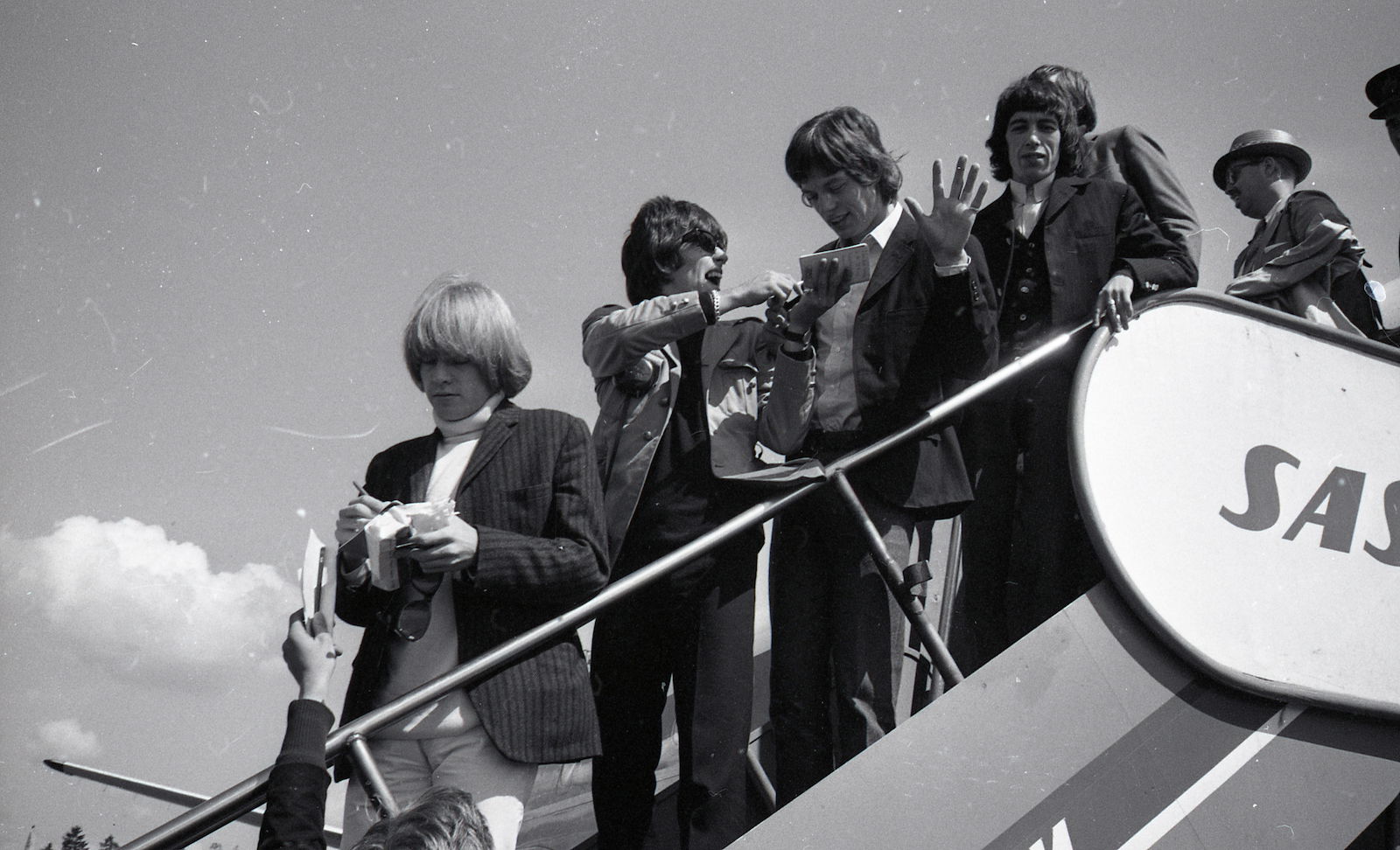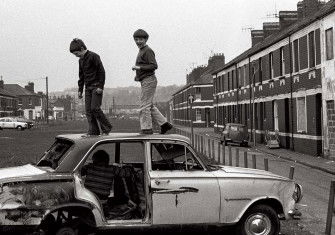A Northern Wind: Britain 1962-65 by David Kynaston review
A Northern Wind: Britain 1962-65 by David Kynaston is a hyperreal account of Britain on the cusp of modernity.

Since the 1990s three historians have entered the race to document as thickly as possible the postwar history of Britain. Peter Hennessy was the first starter, in 1992, but distracted by other concerns soon fell off the pace, managing to reach the early 1960s in three volumes. Dominic Sandbrook entered next, in 2005, cheating a little by starting at 1956, and has since yomped through the decades, producing five volumes taking us up to 1982. But perhaps slow and steady wins the race. David Kynaston started last, in 2007, and has only just reached 1965 in five volumes (six if you count his lockdown book, dwelling on 1962, On the Cusp). Unlike Sandbrook, he does not rely overmuch on newspapers – not really ‘the first draft of history’, only the first draft of what journalists think is history, chiefly politics – and where he does he plunges deep into the local press. Kynaston’s trump cards are diaries – dozens of them, able to reach down into mundane thoughts and diurnal lives. To them he adds lashings of television, cinema, novels, brisk summaries of academic literature, memoirs, social surveys and now his own memories: in 1962 he entered secondary school.
As a result his account is much more textured and alive than his rivals’. By 1962 he can use television as a click-track for the age, as every day his protagonists are watching soaps (Crossroads arriving alongside Coronation Street), Westerns, football and cricket, proliferating pop programmes (Ready Steady Go and Top of the Pops), The Wednesday Play for the more ‘advanced’, The Black and White Minstrel Show for the less. Some familiar themes thread their way through the narrative – Beatlemania, the Profumo affair, the rise and fall of That Was The Week That Was. Expected characters naturally rear their heads: the Pill, the Post Office Tower, mods and rockers. Some are, perhaps, unexpected, at least this early: David Bowie (still David Jones), the hairdressers Toni and Guy, Gyles Brandreth (from his teenage diary). Others benefit from hindsight: a beady eye is kept on the antics of Jimmy Savile; racism is on the rise, though not uncontested, unlike sexism, which contemporaries hardly notice, though Kynaston does. A few are still on stage today: David Hockney, Ken Loach, David Attenborough, John Cleese.
How to make all this hang together? What, to paraphrase Orwell, do the clatter of the Rolls Razor twin-tub washing machines, the to-and-fro of the young men in their Minis on the motorway, the queues outside the Rolling Stones concert, the rattle of counters in the bingo hall and the teenage girls cycling to grammar school in their uniforms possibly have in common? In earlier volumes – as early as the mid-1950s – Kynaston used ‘modernity’ as an organising principle, sure that ‘the British’ wanted it, albeit in familiar settings; but in 1962 they were still ‘on the cusp’ and now he is not so sure.
Occasionally – happily, not too often – he resorts to the language of national character. ‘The British’ are ‘in most ways deeply conservative’, ‘deeply class-conscious’ and ‘status-conscious’. When he confronts evidence that they aren’t he pronounces it ‘counter-intuitive’. Sometimes he snatches at what is, to him at least, a potent symbol or metaphor. ‘What is the “1963” film?’ Definitely not Tommy Steele’s feel-good It’s All Happening (why not?); Joseph Losey’s The Servant is more to his taste, on the cusp between deference and revolt; but the winner is Tony Richardson’s Tom Jones, which Kynaston finds ‘relevant’ in a profound way despite its 18th-century setting thanks to ‘the charity, the energy and the brutality’.
Inevitably in a series with the over-arching title ‘Tales of a New Jerusalem’, slated to cover 1945 to 1979 – and thus what academic historians like to call nowadays ‘the short life of social democracy’ – politics provides spine and narrative drive. The dominant theme is Harold Wilson’s scramble to the top of the slippery pole, which he finally reaches near the end of the book, only to find things unravelling on the economic front when the book closes with, yes, Churchill’s funeral in January 1965. When every now and then Kynaston pulls back from the onrush of the weeks and months to consider some bigger, debatable themes or structures, they are mostly still drawn from politics – the welfare state, the Labour Party, trade union leaders, the General Election of 1964. In one bravura eight-page passage Kynaston gives us a blow-by-blow account of the election returns which keeps us gripped even though we know the outcome. Only one of these extended analyses is devoted to something less political, and very welcome: shopping. One misses equivalent treatments of sex and marriage, the home and faith. From the emphasis on unionised heavy industry you wouldn’t guess that 50 per cent more workers were employed in services than manufacturing and, although married women’s part-time employment is mentioned frequently, what they did (and what the great majority of employed women who were not working part-time did) isn’t much explored.
Of course, a book devoted to three years can only give so much of the big picture. If Britain was ‘on the cusp’, it was on the cusp of huge forces that were transforming it but that require a wider frame to capture. We are midway between an industrial and a service or even ‘knowledge’ economy. Three-quarters of the population has a manual working-class background, but half of them are moving into what we can only call the ‘middle class’, even if they continued to call themselves ‘working class’. The baby boom is just about to end (and the first boomers, like Kynaston himself, are growing into adulthood). In the meantime, let us be grateful for the collage of little pictures that Kynaston gives us, surely the most hyperreal of historical accounts of this period we will ever have. And let us hope for more volumes soon, for at the current rate he won’t reach his 1979 target until 2040. As the Tornados nearly sang in their 1962 cover of ‘Johnny B. Goode’: ‘Go, David, go!’
A Northern Wind: Britain 1962-65
David Kynaston
Bloomsbury, 704pp, £30
Buy from bookshop.org (affiliate link)
Peter Mandler teaches modern British history at Gonville and Caius College, University of Cambridge. His latest book is The Crisis of the Meritocracy: Britain’s Transition to Mass Education since the Second World War (Oxford University Press, 2020).






